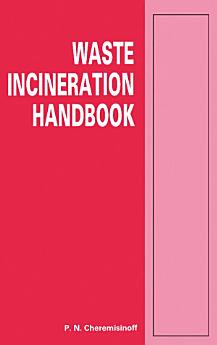Waste Incineration Handbook
Oct 2013 · Butterworth-Heinemann
Ebook
160
Pages
family_home
Eligible
info
reportRatings and reviews aren’t verified Learn More
About this ebook
Waste Incineration Handbook discusses the basic concepts and data on wastes combustion, including the management of waste incineration as a means to control pollution, as well as the process technologies involved. The book reviews the combustion principles such as fuel-to-air ratio, the products of combustion, material and thermal balances. Incineration produces emissions in the form of particulate matter, odorous or noxious gases. Conventional particle capturing devices use gravity settling, inertia or momentum, filtration or electrostatic precipitation, and agglomeration via sonic mechanical means to facilitate removal by increasing particle size. Secondary combustion with or without catalysts, and wet scrubbing control are methods to control or eliminate objectionable odors. The design and operation of an efficient incinerator is based on proper proportions of air and fuel; sufficient temperature; adequate furnace volume; constant maintenance of ignition temperatures; and minimized fly-ash entrainment. The text also discusses on-site incineration and incineration at sea. The book is suitable for economists, environmentalists, ecologists, marine ecologists, and policy makers involved in environmental preservation and pollution control.
Rate this ebook
Tell us what you think.
Reading information
Smartphones and tablets
Install the Google Play Books app for Android and iPad/iPhone. It syncs automatically with your account and allows you to read online or offline wherever you are.
Laptops and computers
You can listen to audiobooks purchased on Google Play using your computer's web browser.
eReaders and other devices
To read on e-ink devices like Kobo eReaders, you'll need to download a file and transfer it to your device. Follow the detailed Help Center instructions to transfer the files to supported eReaders.





